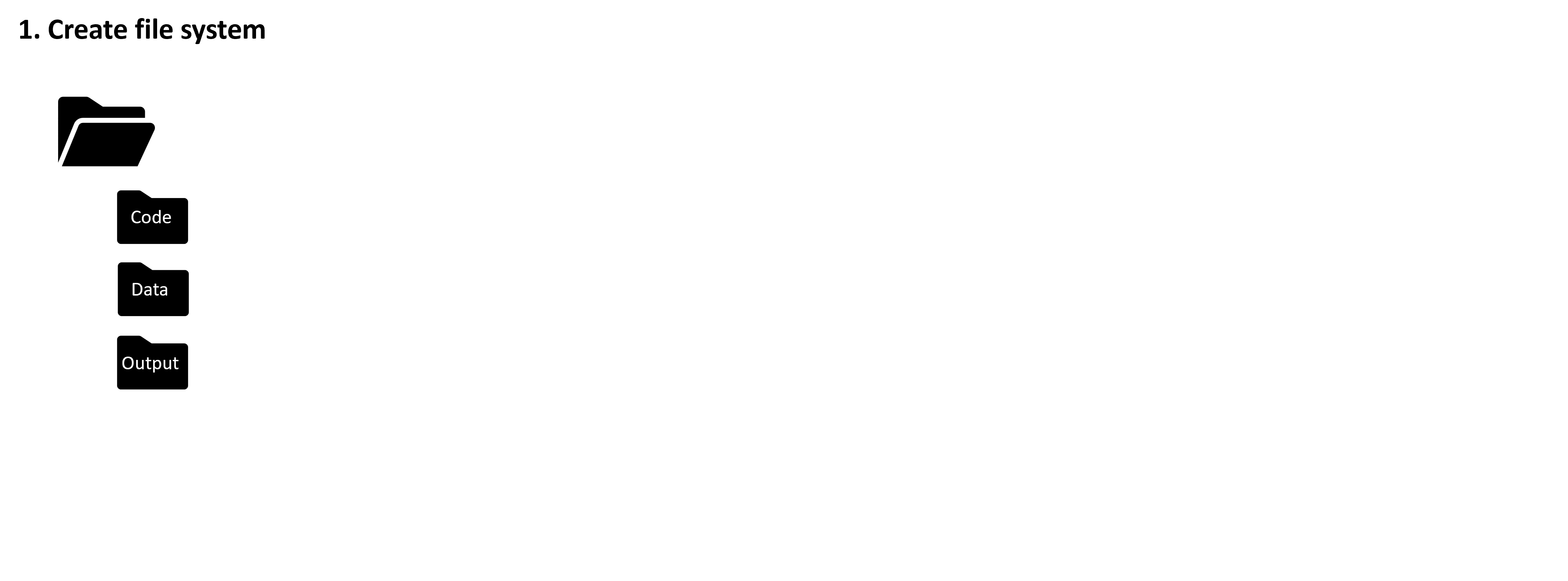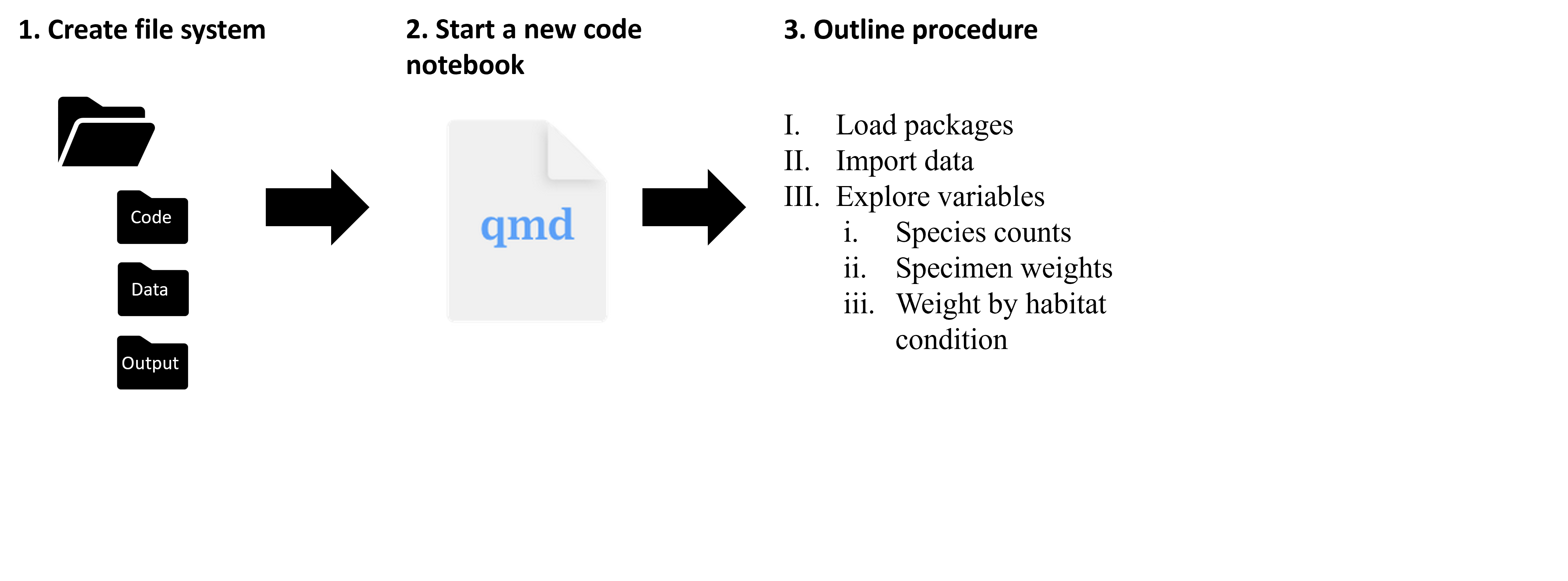Environmental Data Analysis and Visualization
Visualization critique

Visualization critique

https://www.visualcapitalist.com/history-of-pandemics-deadliest/
Visualization critique

https://www.waterboards.ca.gov/water_issues/programs/swamp/cec_aquatic/index.html
Next visualization critiques
Carmen
Madeleine
Gillian
Communicating beyond the notebook
Working on a workflow
Code notebooks provide a convenient way to document and organize a data science project from beginning to end; in otherwords, they can form the basis of a workflow.
Working on a workflow

Working on a workflow

Working on a workflow

Working on a workflow

Viewer Tab
Rather than render HTML directly to your browser, you can preview the rendered version in the Viewer tab.

What about files?
When we write code that reads from files, these need to be in places where the Quarto document can find them.

Sharing your file system
The zip function provides a convenient way to turn your entire working directory into a .zip file
Coursekeeping
| Assignment | Due Date |
|---|---|
| Lab Assignment 5 | Tuesday, October 10 |
| Coding Assignment 2 | Thursday, October 12 |
| Lab Assignment 6 | Tuesday, October 17 |
| Project Proposal | Thursday, October 19 |
Project proposal
What is the topic?
What is the background to this topic? (2-3 citations)
What datasets are you intending to use?
How would data analysis/visualization to help you understand the topic?
Suggest two visualizations
Activity: Brainstorming with Quarto
Put the Quarto workflow to work in brainstorming ideas for your final project!
Create a file system for your final project
Start a new Quarto document and save it to your working directory
Use headers to outline a data analysis process from a project you’d like to do.
Begin filling out the sections with some preliminary ideas about what kinds of data you’d useand
Use links to promising datasets in the text
Use code chunks with comments to draft code
Next week
Working with messy data
Exploring the
tidyverseData transformations using
dplyr